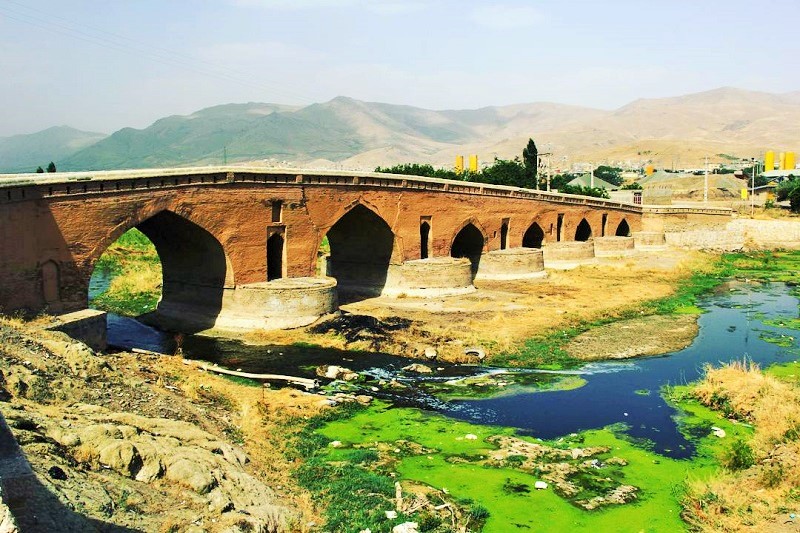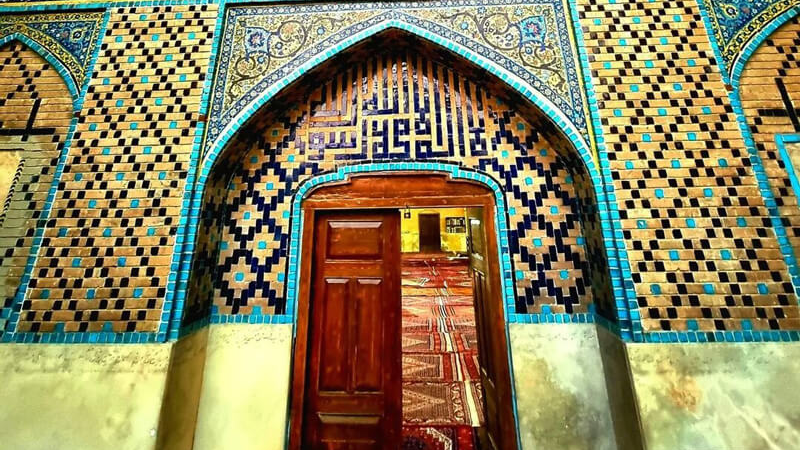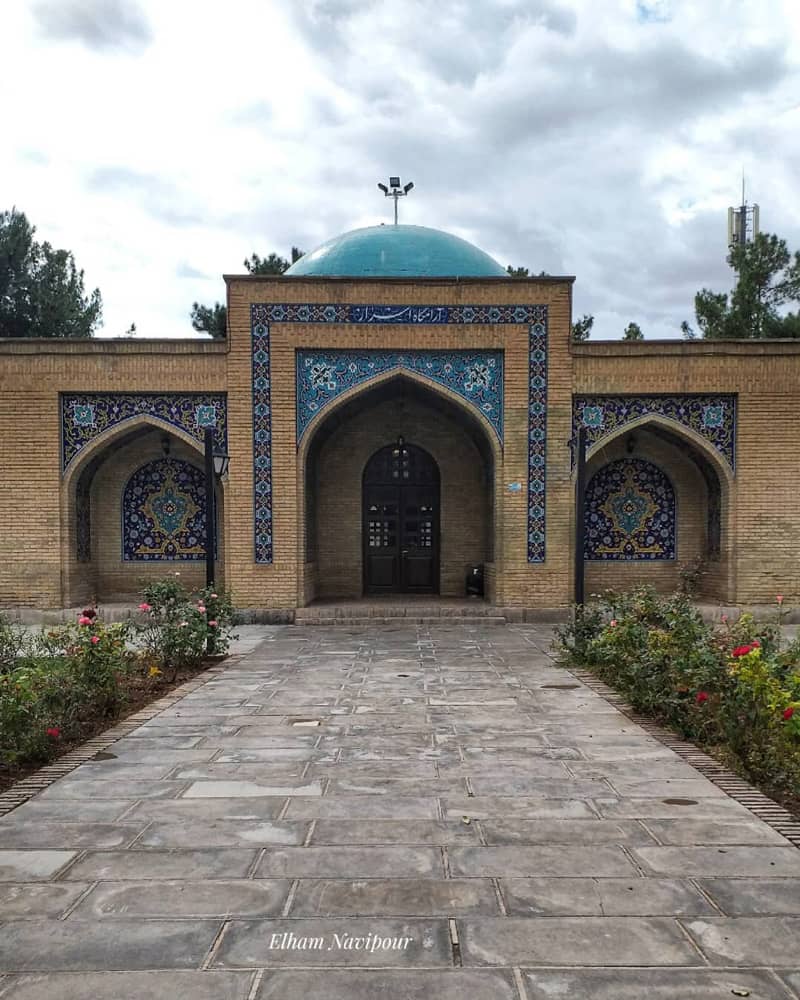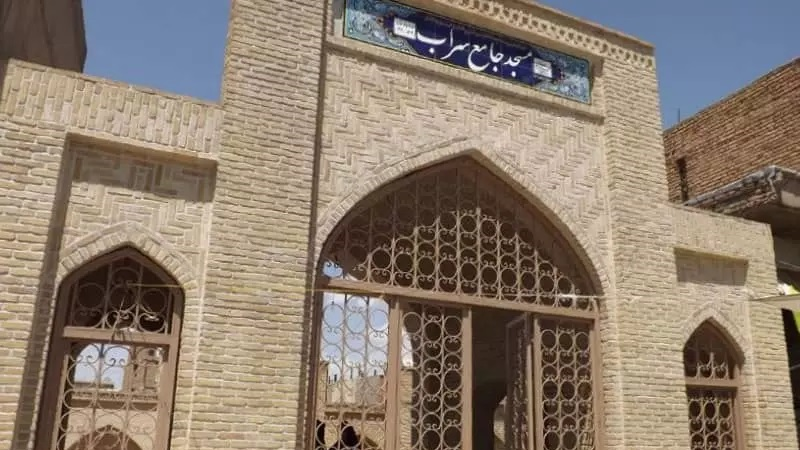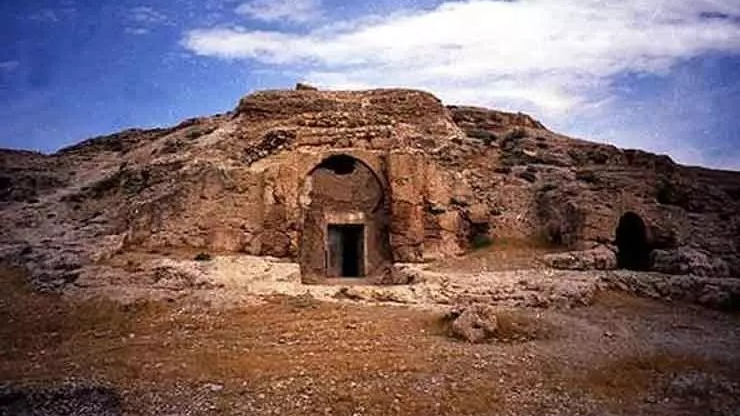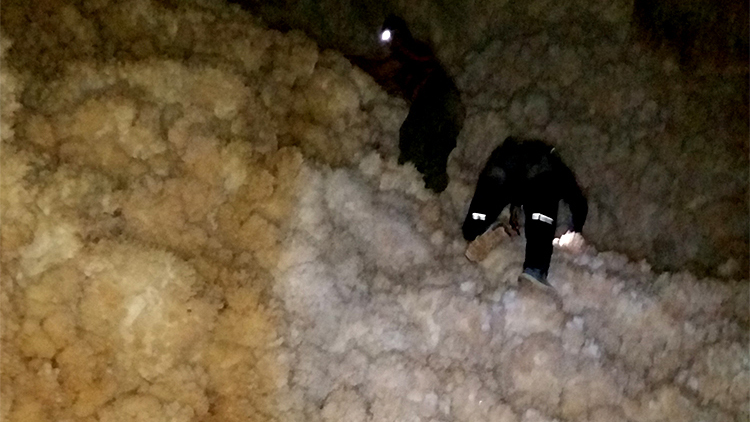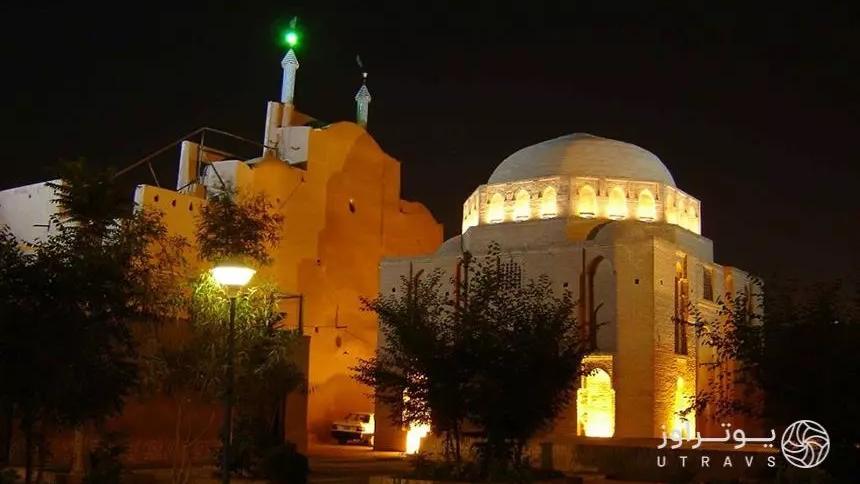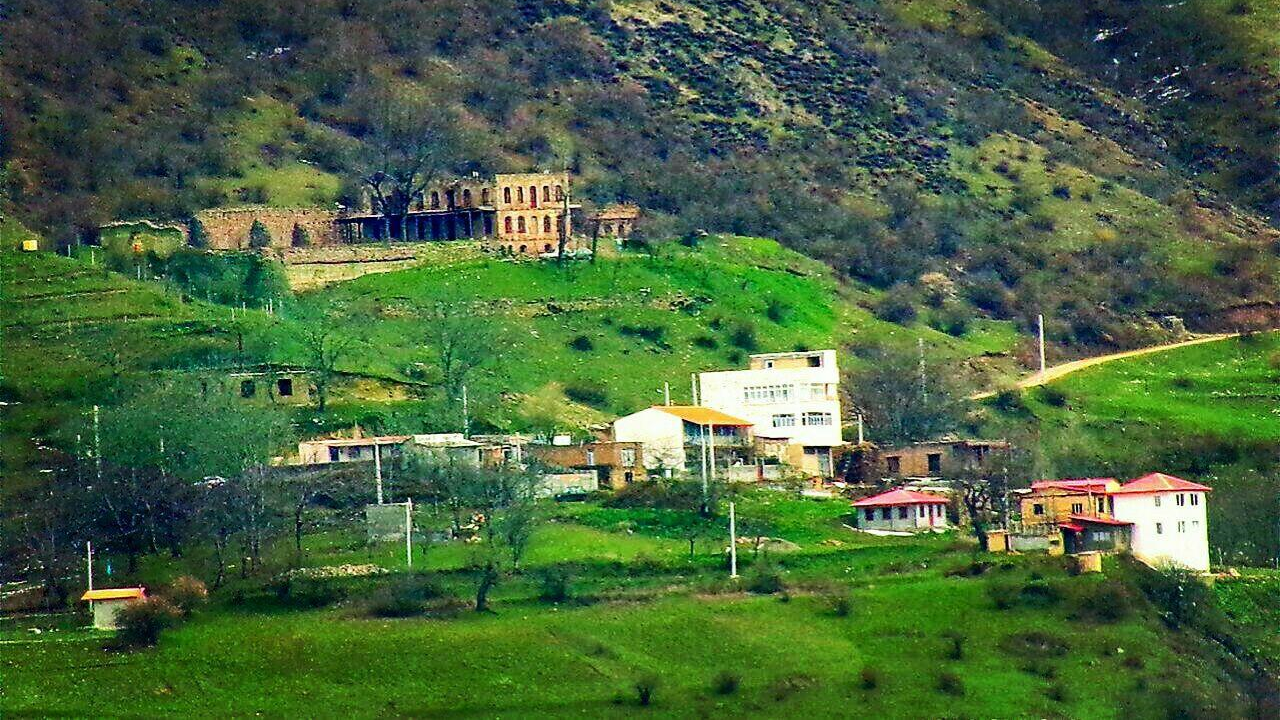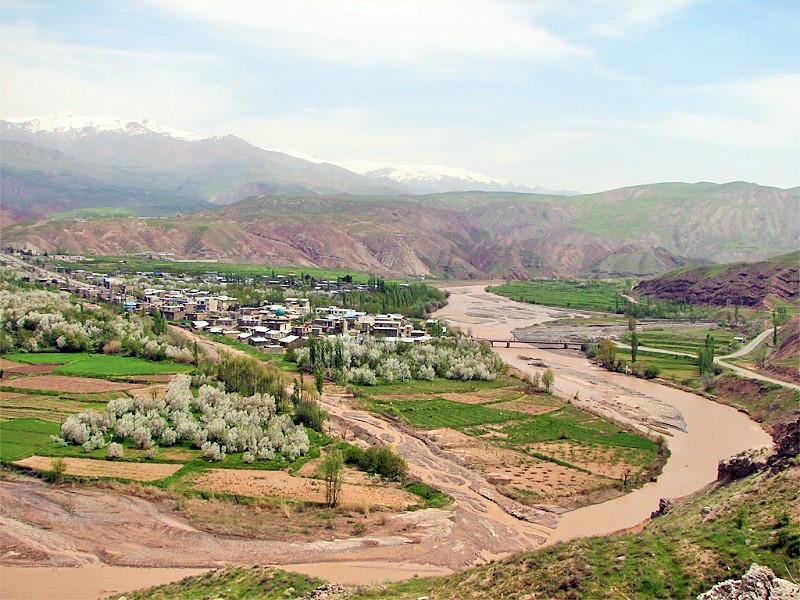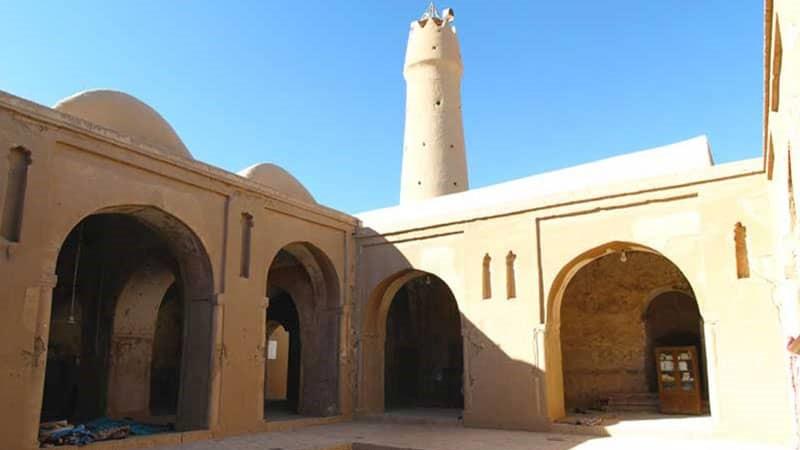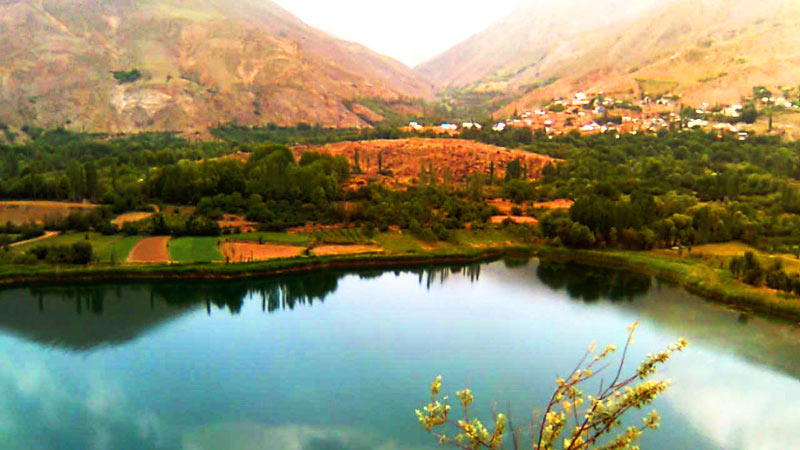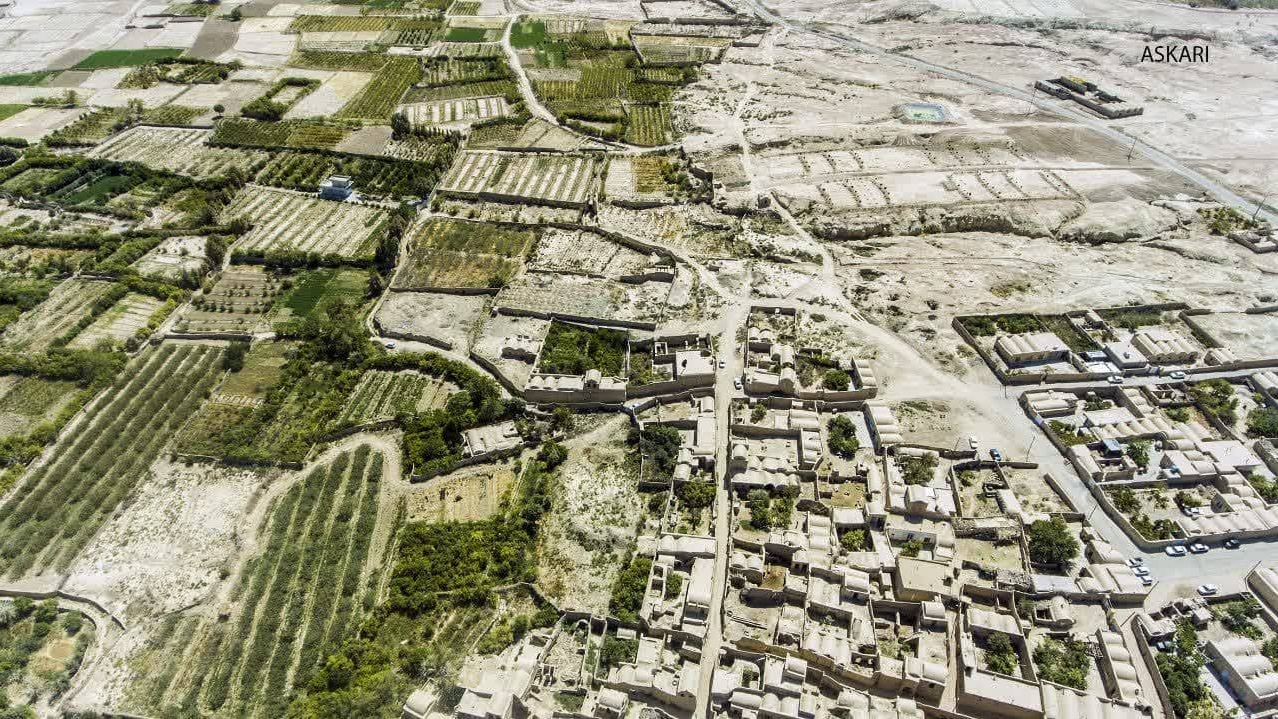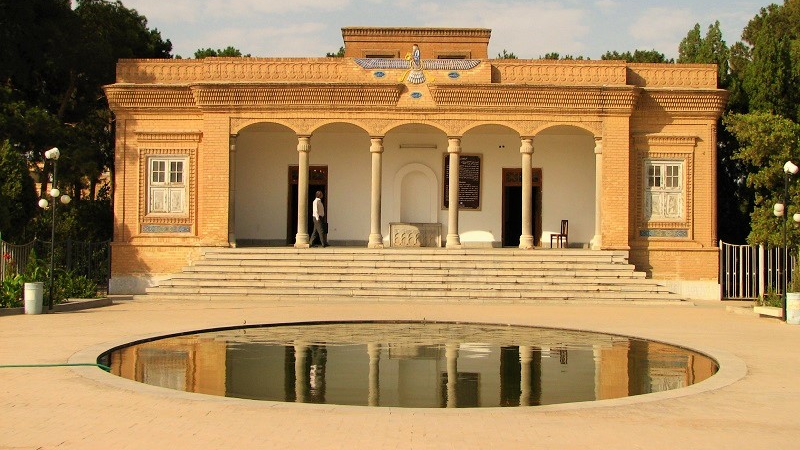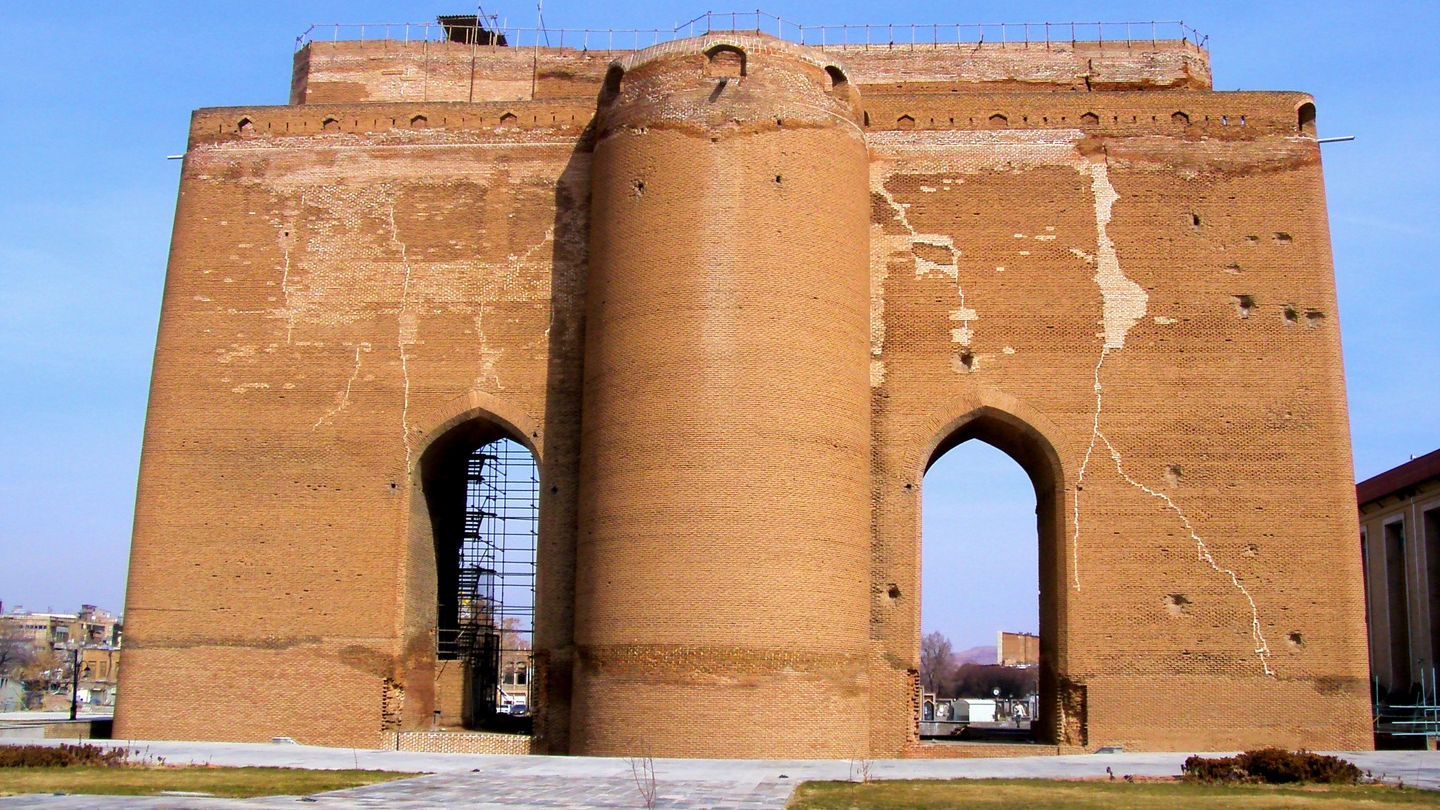
Vazvan Qanat and Its Remarkable Subterranean Dam
In Iran, a country classified among the world’s arid and water-scarce regions, accessing water resources has long been a major challenge. To address this, Iranians invented the qanat system — an underground channel dug to transport water to cities and villages. Throughout history, qanats have brought life to Iran, enabling the creation of lush farms and gardens in the heart of the desert. For over two thousand years, Iranians successfully managed their water resources in a way that, despite seasonal changes and fluctuations in rainfall, ensured a steady supply of water for communities, farms, and gardens. Among the most ingenious technologies developed for this purpose are subterranean dams, with a perfect example found in the Vazvan Qanat. This dam is so precisely and technically constructed that even after nearly two millennia, it remains fully functional, effectively regulating the water flow of the Vazvan Qanat.
Vazvan Qanat: Features and History
As its name suggests, the Vazvan Qanat is located in the town of Vazvan, a part of Isfahan Province. Vazvan lies 95 kilometers north of Isfahan city at an elevation of 1,970 meters above sea level. While qanats in general are remarkable and ingenious inventions, the Vazvan Qanat stands out as one of the marvels of ancient engineering. There are different theories regarding its construction; some experts believe the qanat is 2,500 to 3,000 years old, though it is certain that it was already in operation around 800 years ago during the Mongol invasion of Iran. Throughout its history, the Vazvan Qanat has been a source of prosperity for the town, and even today, its life-giving flow continues to irrigate the town’s trees and farmlands.
Vazvan Qanat: Structure and Water Flow
The Vazvan Qanat was excavated through a layer of sediment and a layer of rock. The slope of the land in this area allowed the qanat diggers to channel water from underground aquifers to the surface over a distance of about 1,800 meters, and then direct it southward through open canals stretching approximately 45 kilometers. Today, a significant portion of this route has dried up. The qanat’s outlet (where the underground water emerges) is located at the northern edge of Vazvan, and its waters flow through Meymeh.
The mother well (the first and main well connecting to the underground aquifer) is 18 meters deep. Historically, the qanat had one main branch and two secondary branches, with 64 wells dug along its course. Today, only one branch remains. The water flow of the qanat varies depending on the availability of water resources, ranging from 23 to 50 liters per second.
The Subterranean Dam of the Vazvan Qanat
One of the most remarkable features of the Vazvan Qanat is its underground dam, locally known as the “Band-e Qanat.” This dam consists of a tall and thick wall made of stone and sarooj (a traditional Iranian mortar made from lime and clay). The dam retained water behind it, ensuring a supply during the dry seasons. Residents of Vazvan would block the water channel and the seven sluices of the dam from Azar (mid-November to mid-December) to Farvardin (mid-March to mid-April), a period of lower water demand, to allow water storage. Calculations indicate that during this period, the volume of water stored behind the dam could reach over 400,000 cubic meters. A geological fault in this section likely serves as a natural reservoir, where the excess water is stored.
The Subterranean Dam in One of the Secondary Wells
The underground dam of the Vazvan Qanat is located in one of the secondary wells, approximately 600 meters from the mother well. To construct the dam, the diameter of the well shaft was increased to three meters, and a wall measuring 12 meters in height, three meters in width, and one meter in thickness was built. From the base of the wall, a cylindrical hole with a diameter of 30 centimeters was created for each meter of height, resulting in seven holes along the wall. Once the holes were blocked and the reservoir behind the dam filled, the holes were opened one by one from the top. The people of Vazvan, through experience, found that it takes about 10 days for the water level to drop to the point where the next hole can be opened. This gradual opening process continues until early summer, ensuring that farmers receive the water they need without disruption.
National and International Registration of the Vazvan Qanat
This remarkable structure was registered on Iran’s National Heritage List in 2001 (1379 Solar Hijri). The Vazvan Qanat was also one of 11 qanats inscribed by UNESCO in 2016 (1395 Solar Hijri).
| Name | Vazvan Qanat and Its Remarkable Subterranean Dam |
| Country | Iran |
| State | Isfahan |
| City | Isfahan |
| Type | Historical,Natural |
| Registration | Unesco,National |
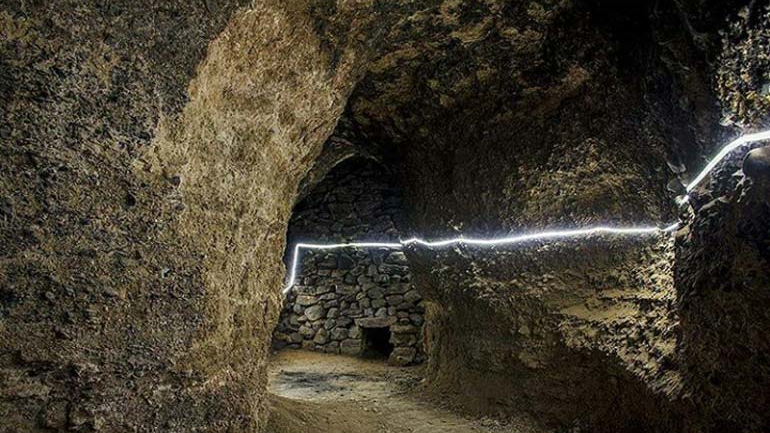
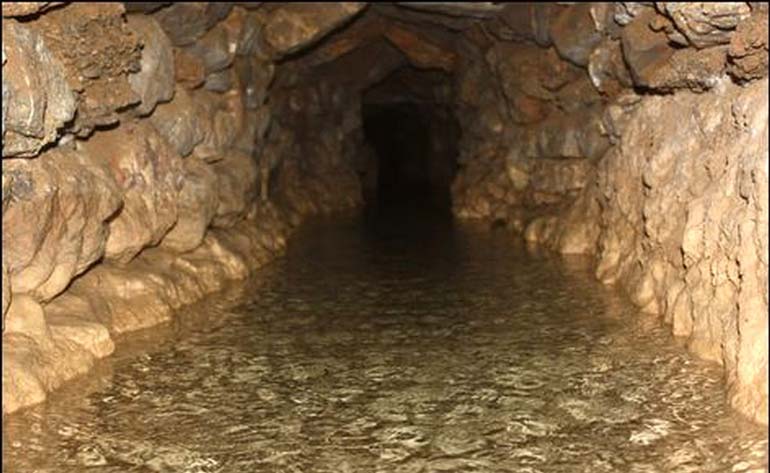
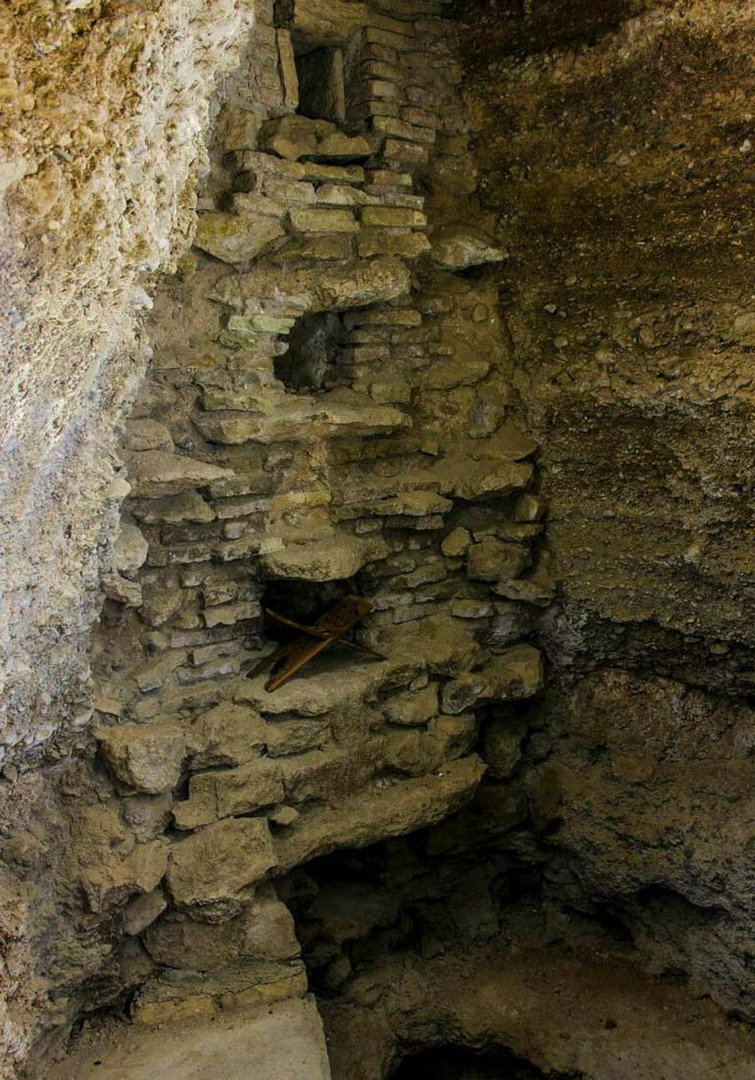
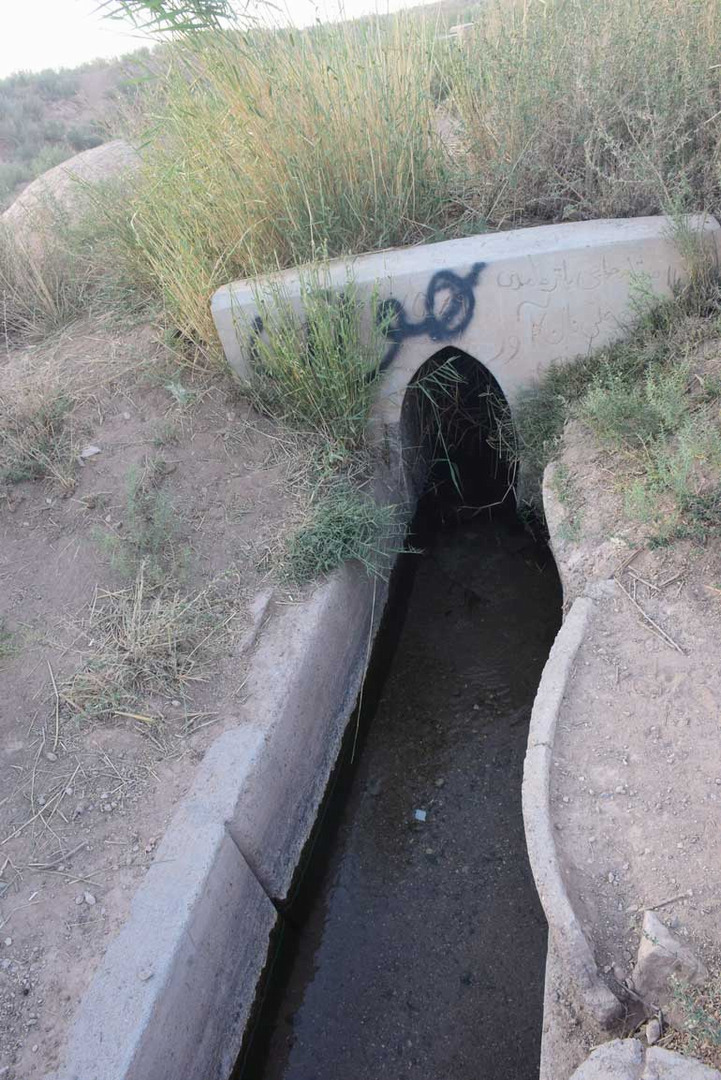




Choose blindless
Red blindless Green blindless Blue blindless Red hard to see Green hard to see Blue hard to see Monochrome Special MonochromeFont size change:
Change word spacing:
Change line height:
Change mouse type:
